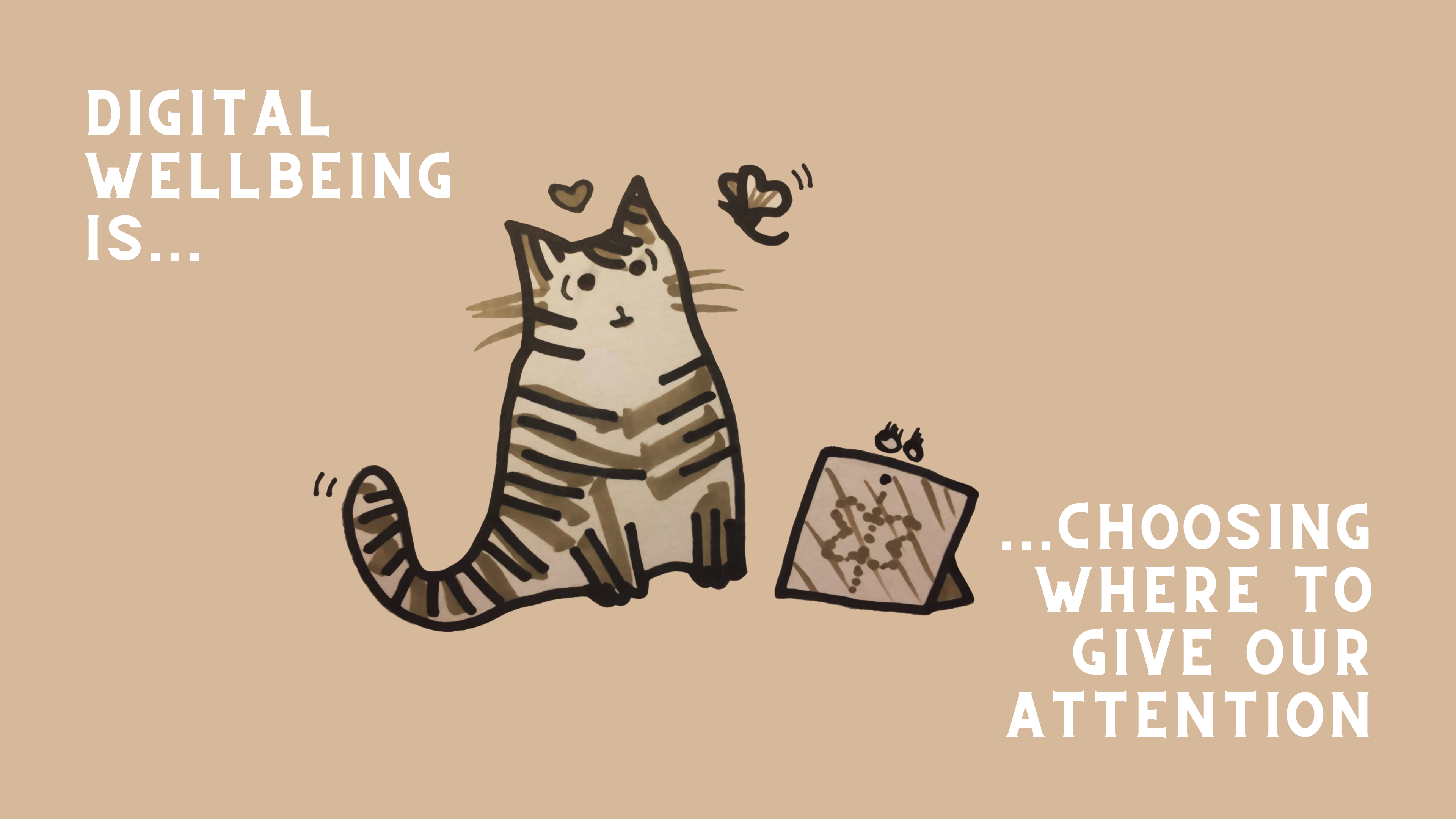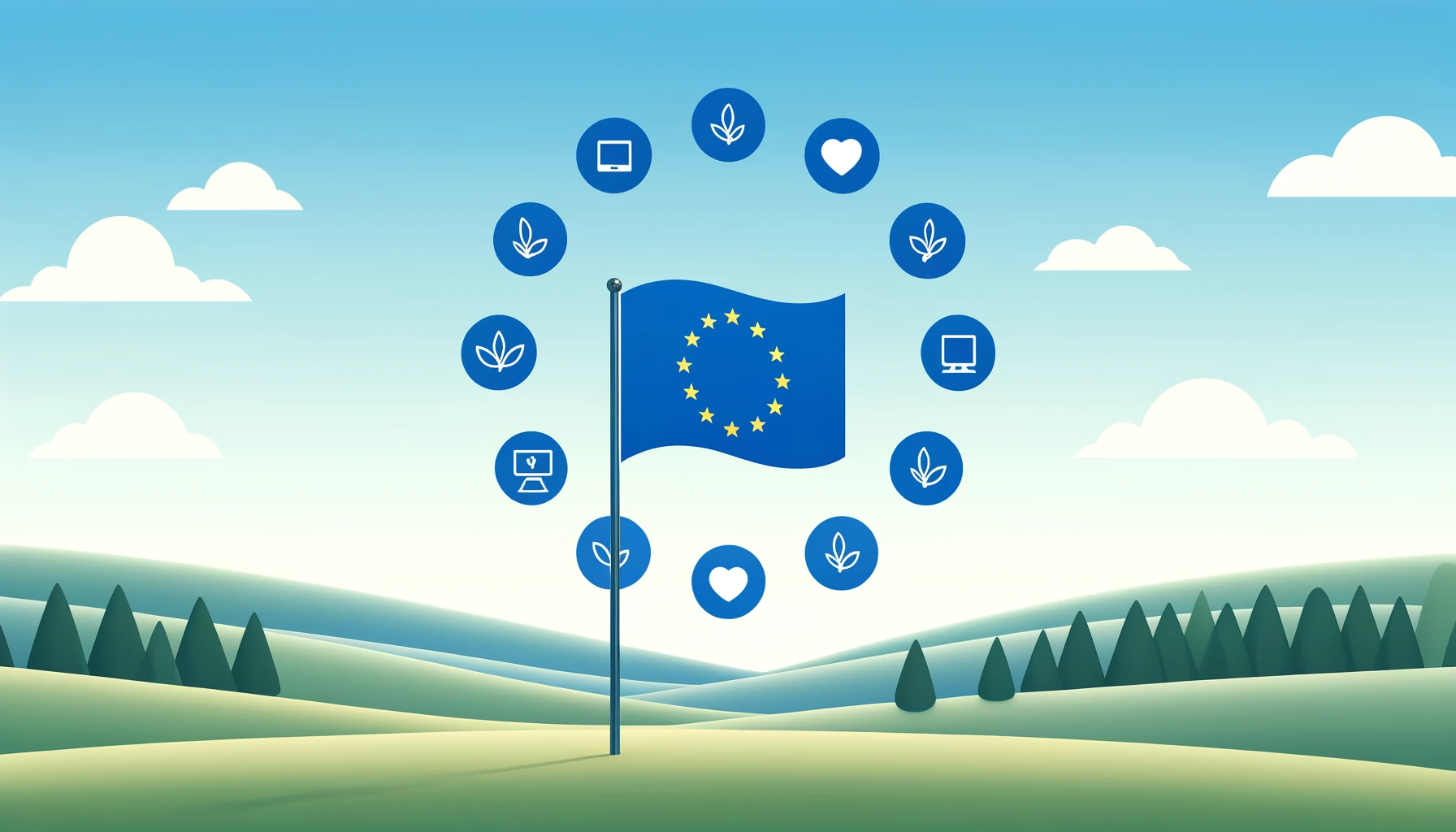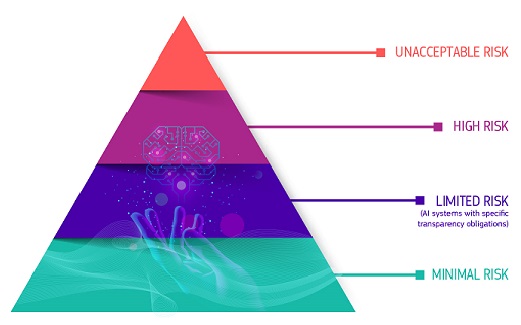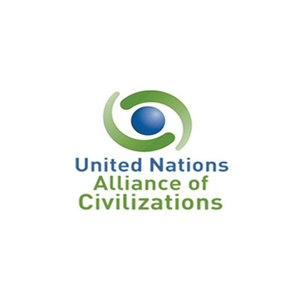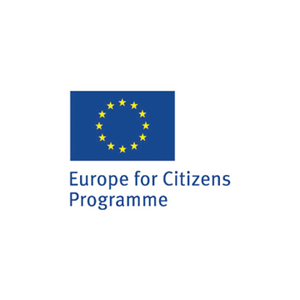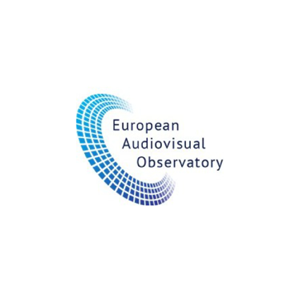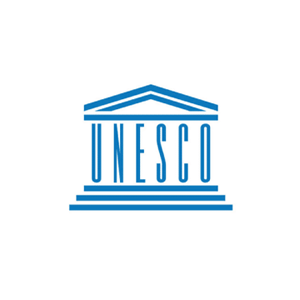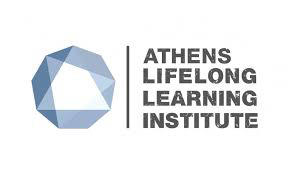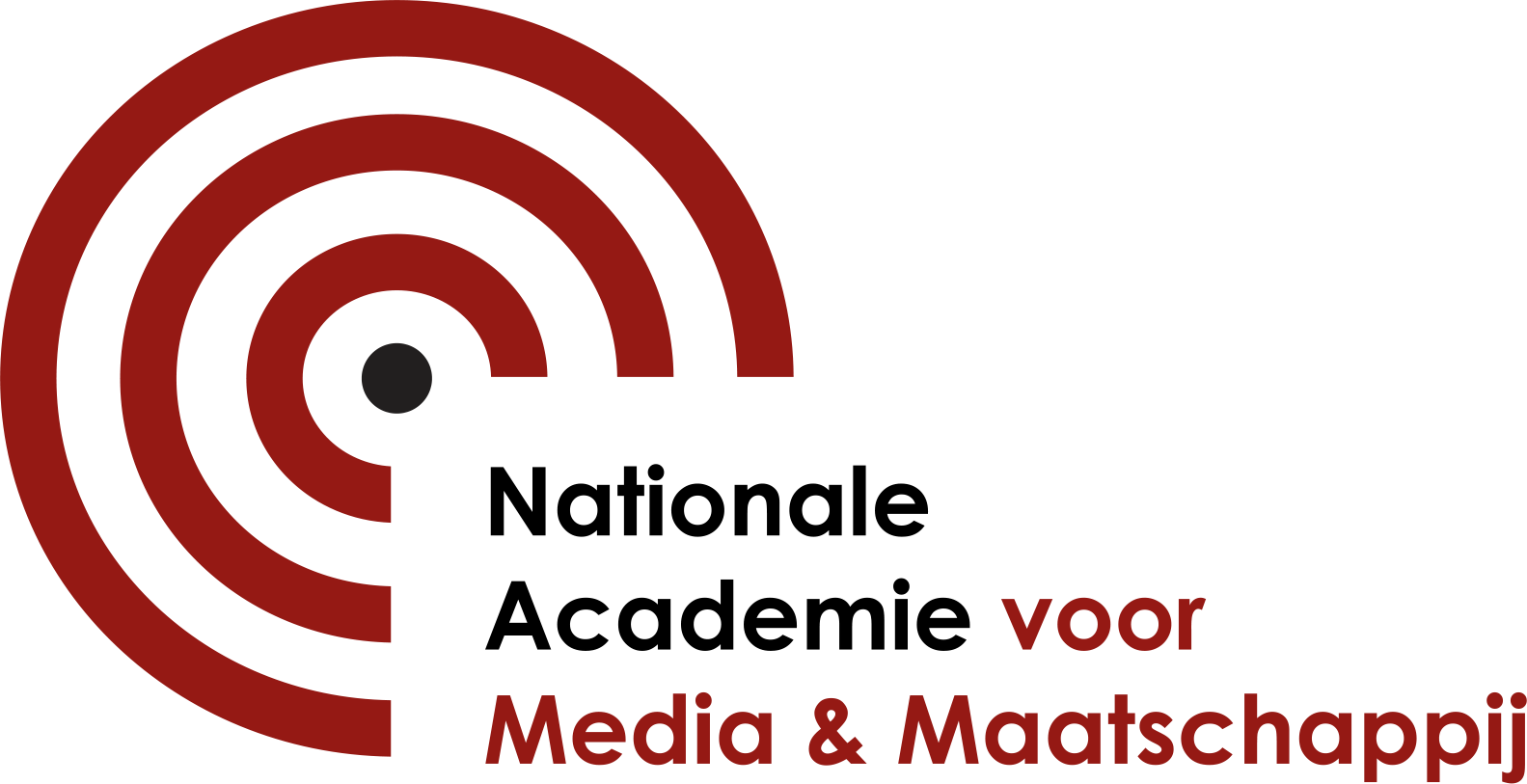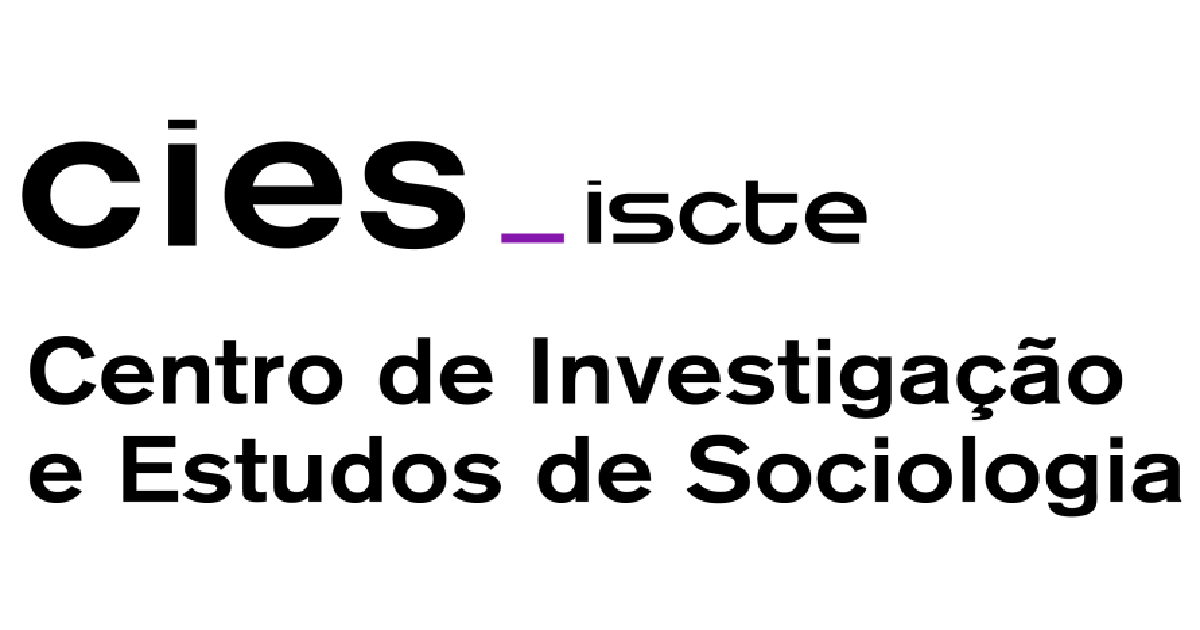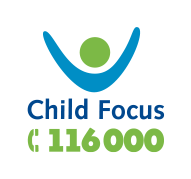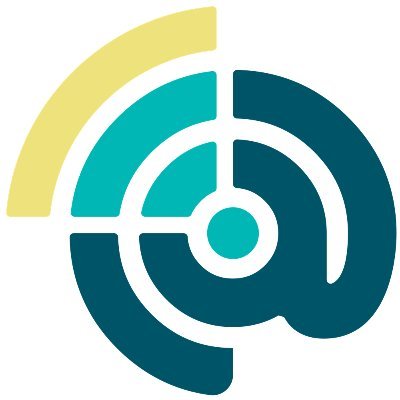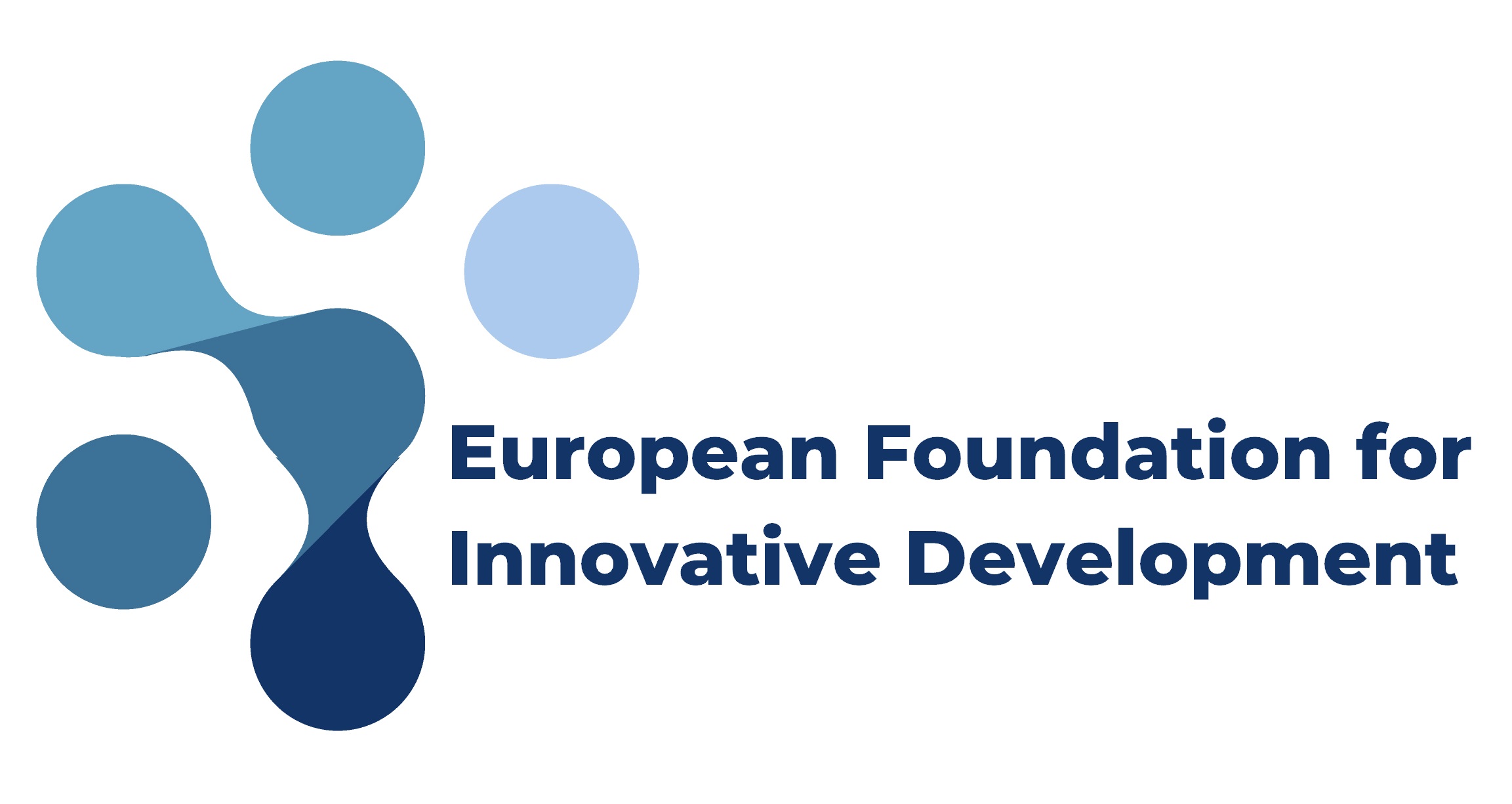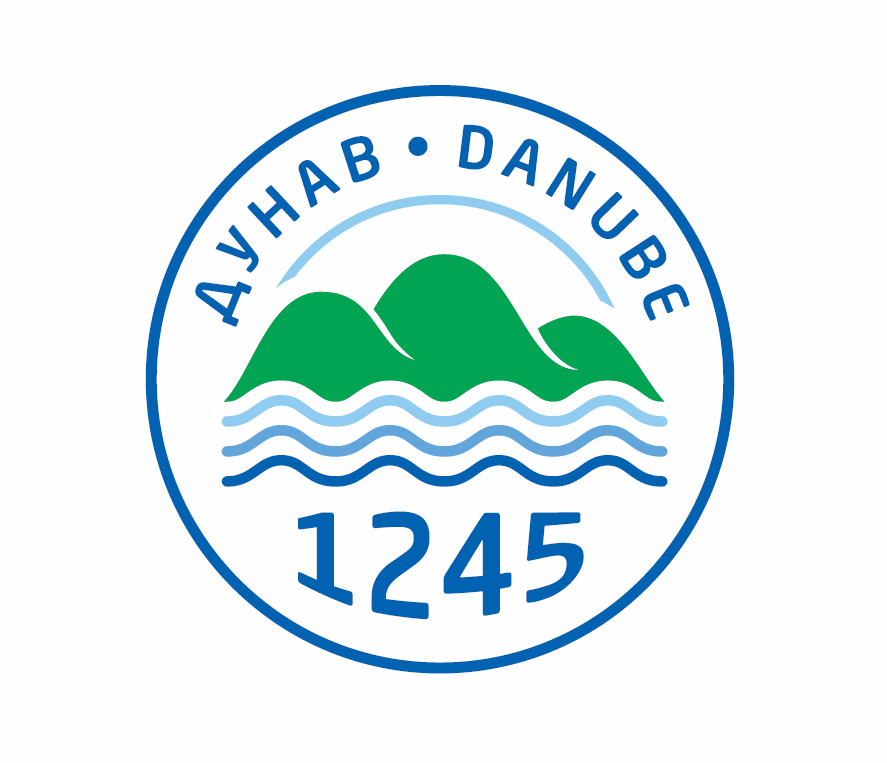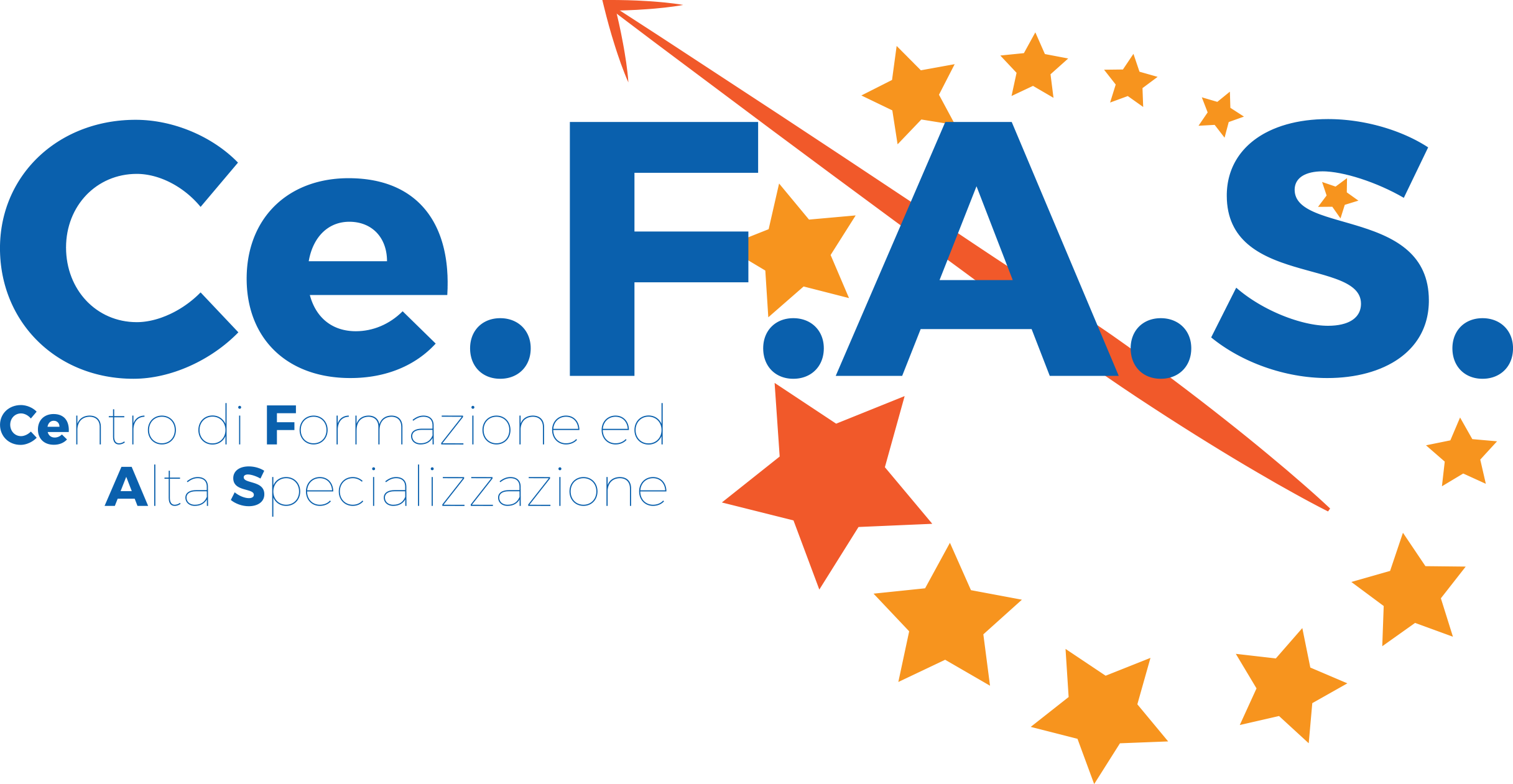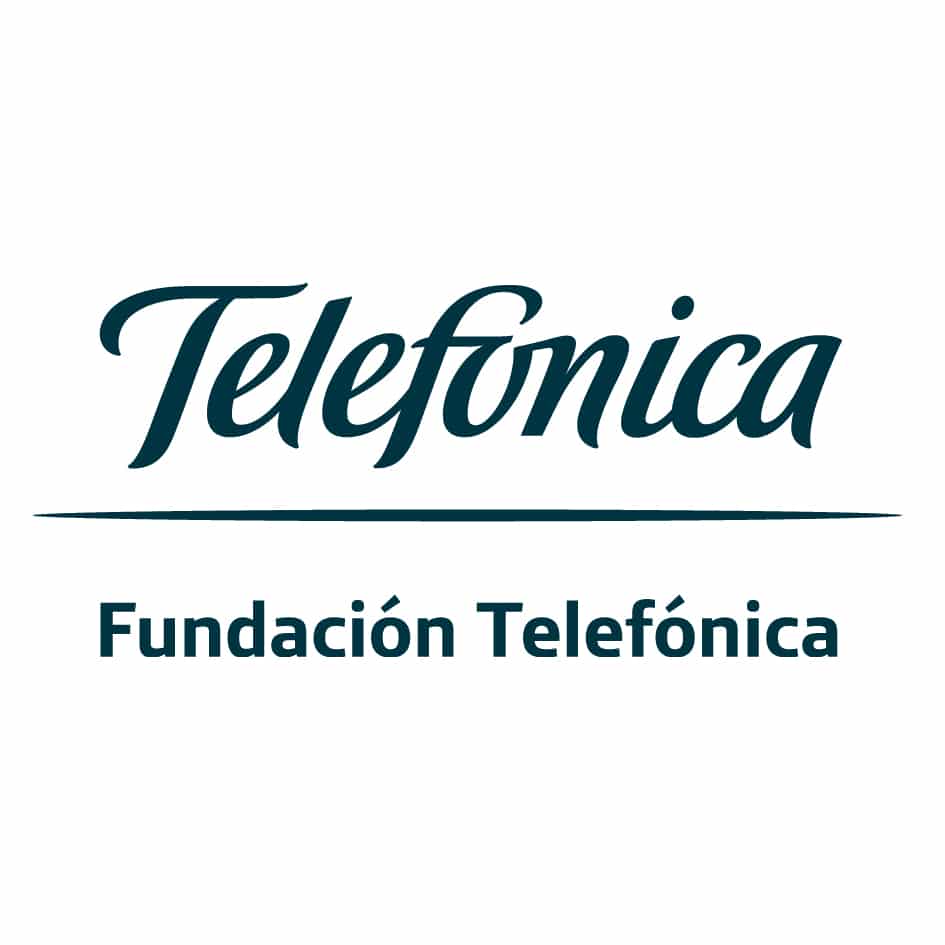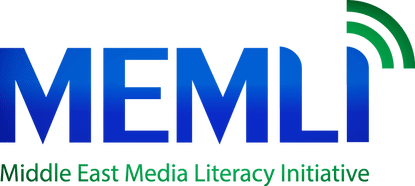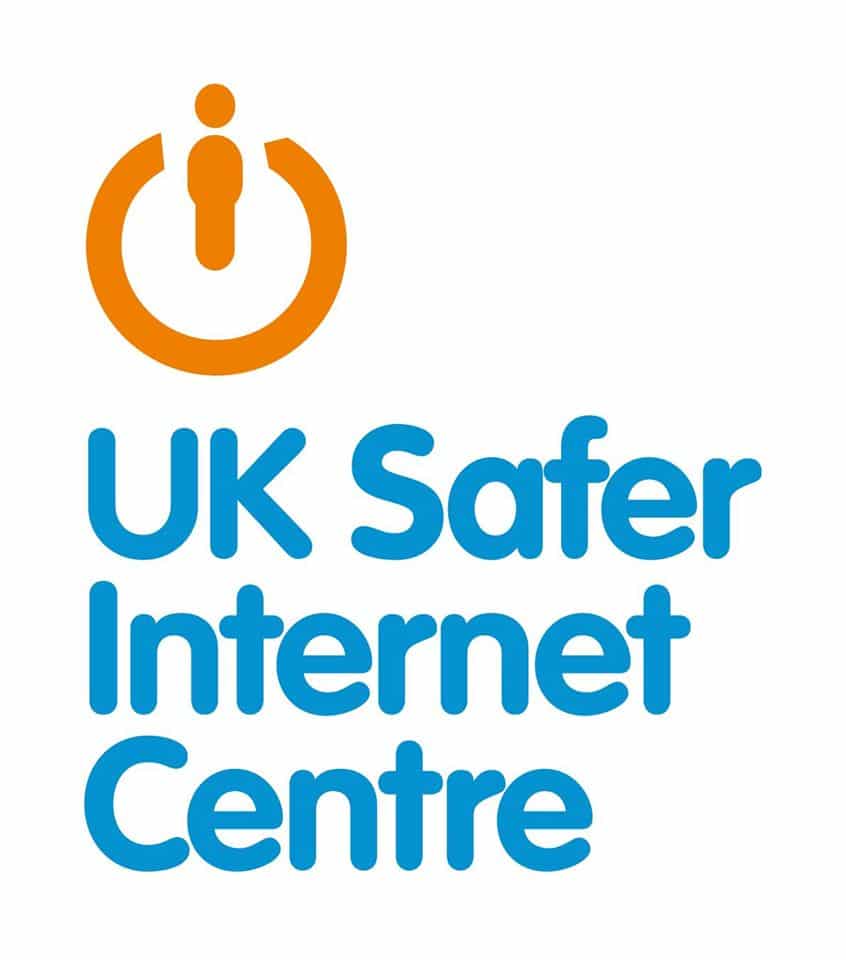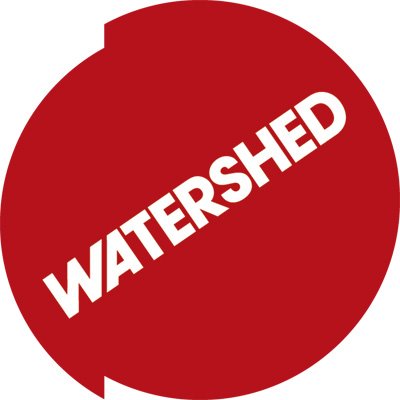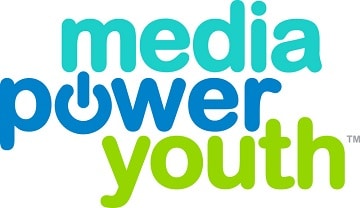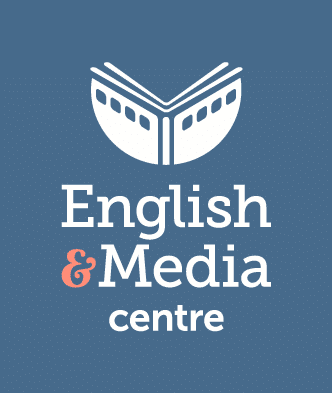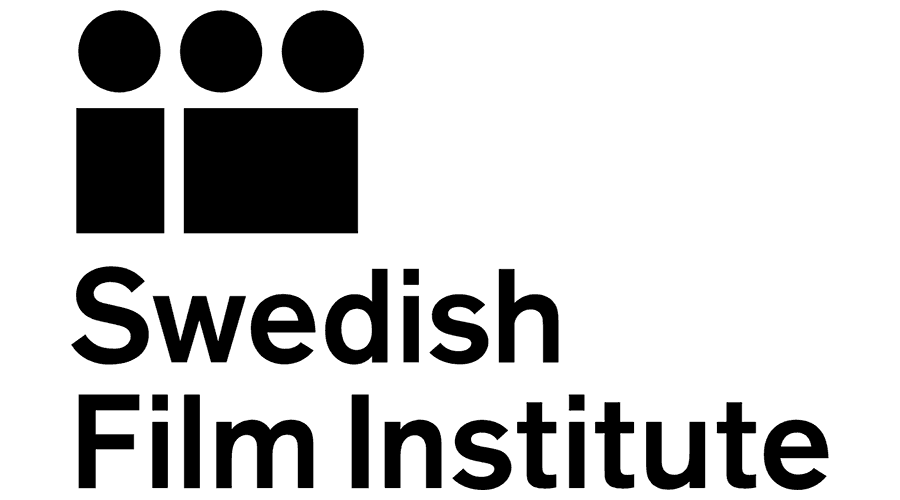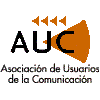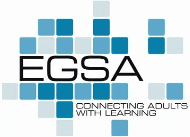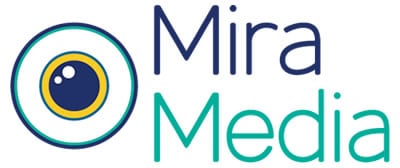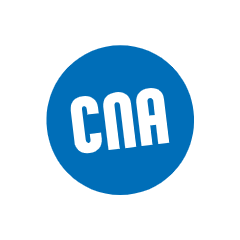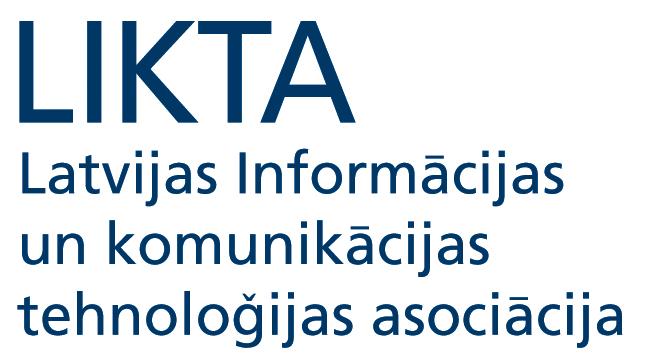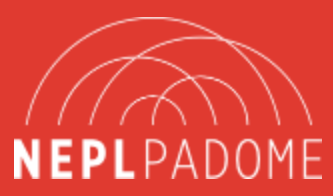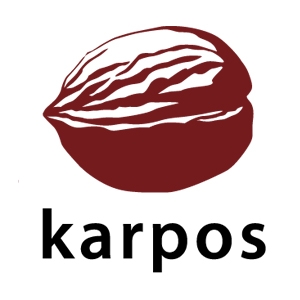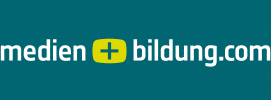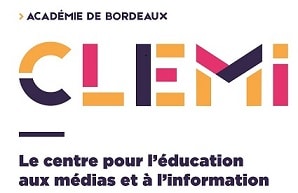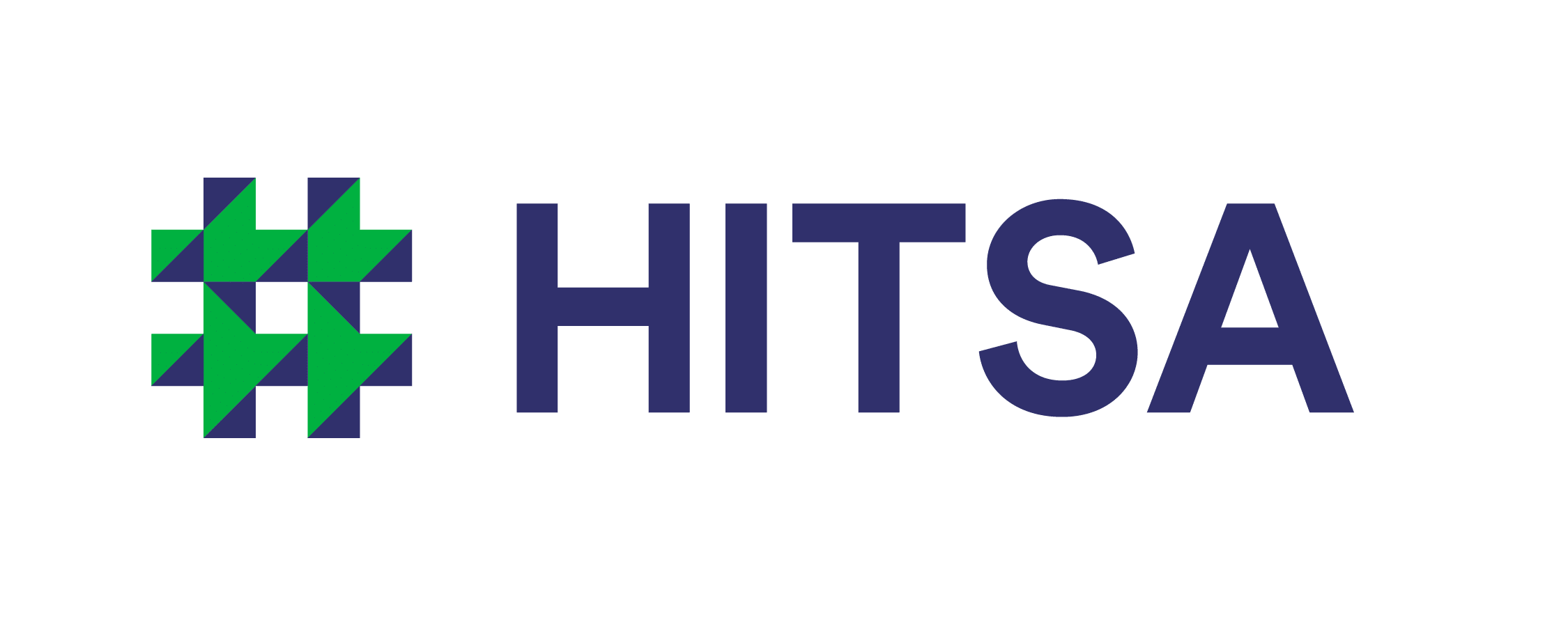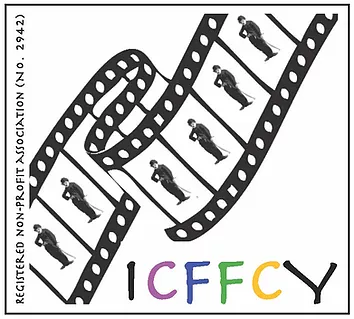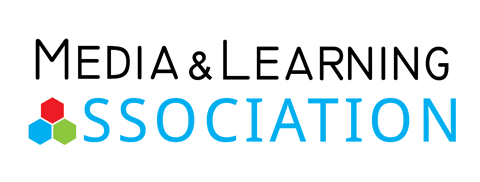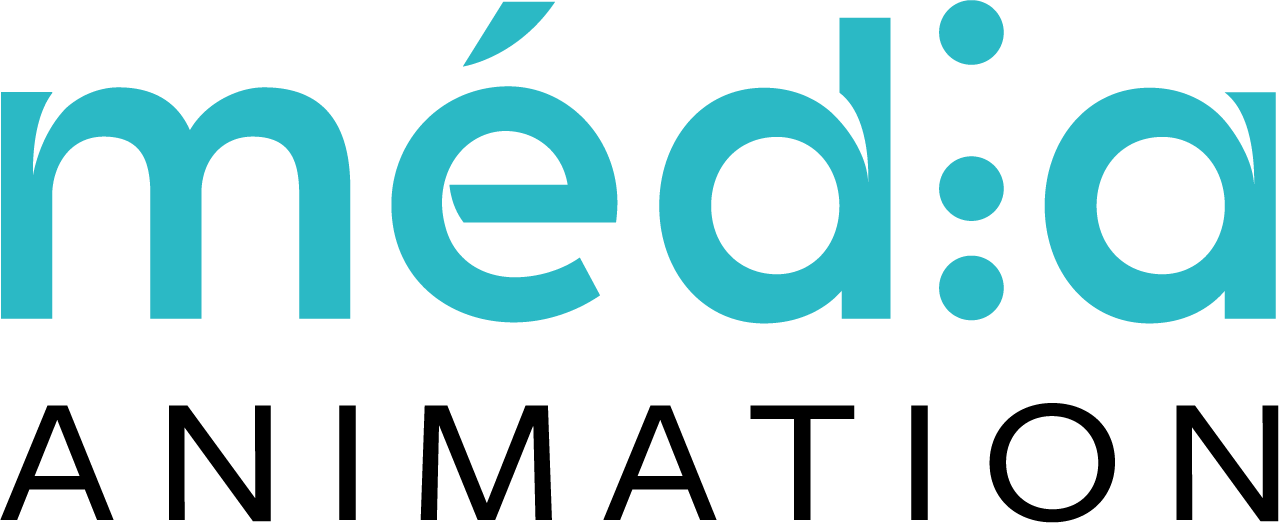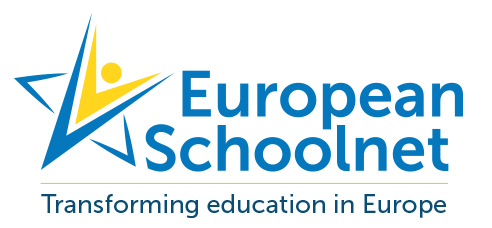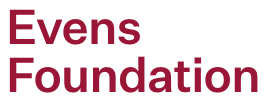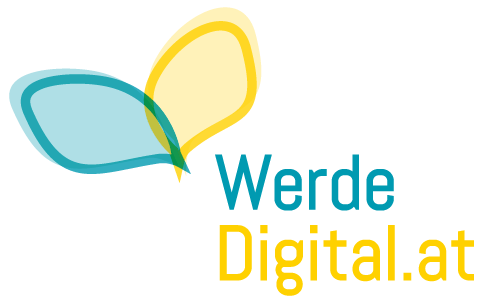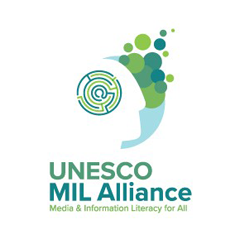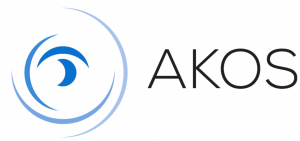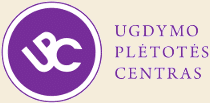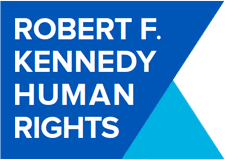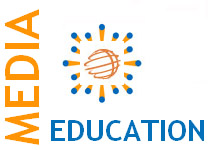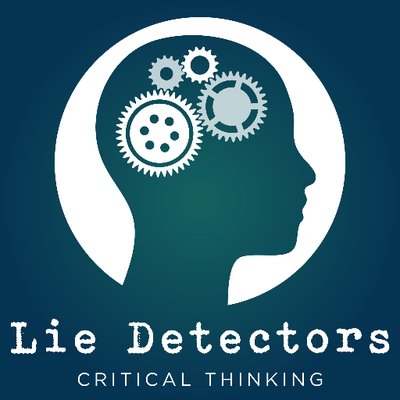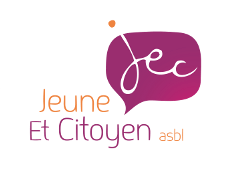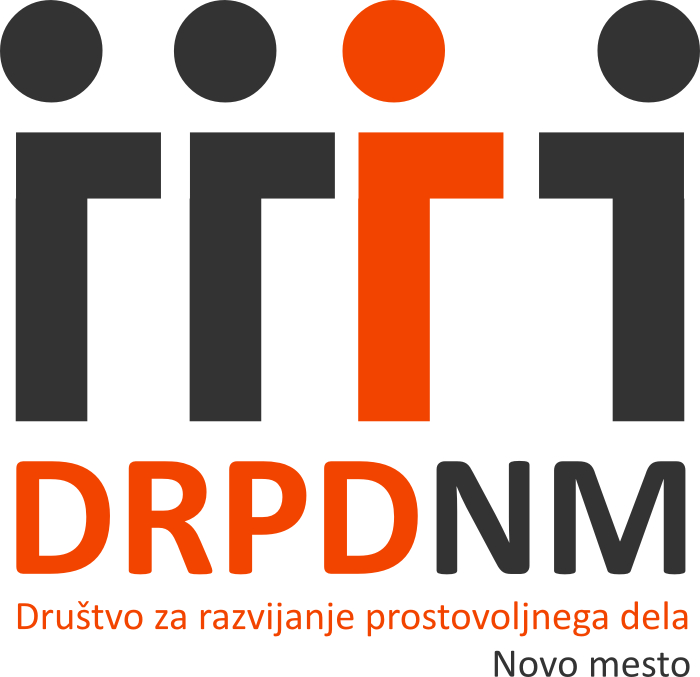Thomas Jefferson stated ‘’a democratic society depends on an informed and educated citizenry’’ and while he may have faced different specific issues in his time, the principal remains applicable today. The issue we are facing? Fake news, disinformation, distrust, hate speech and polarization within our societies. Not one European country can claim that this isn’t present and appearing to be increasing.
Post-truth was voted word of the year in 2016 by the Oxford Dictionary and seems to describe very well the current situation in that now it seems that facts are less important or influential in shaping public opinion. This has seen the rise of the term fake news, a term that many deem overused and sees many preferring the use of ‘disinformation’. The dislike of the word even led French organisation the ‘Commission for the Enrichment of the French Language’ to plead with French speakers to ditch the term and instead use the phrase ‘information fallacieuse’. They will have a battle on their hands.
However, no matter what term an individual or a country decides to use, the problem remains the same and what we need to build upon is our resilience to post-truth, fake news and disinformation. This has led to many initiatives around European countries trying out their own solutions, but the overriding agreement is that being media literate is key in withstanding the consequences of ’information fallacieuse’.
So, while each country differs, who has found an approach that has yielded results? According to a report called the ’Media Literacy Index’ the ‘’best equipped countries to resist the post-truth, fake news and their ramifications are the Northwestern European countries – i.e Scandinavian ones, the Netherlands as well as Estonia and Ireland’’ (p,2, 2018). On the other-hand ‘’the lowest scoring countries are in Southeast Europe – all the way from Croatia to Turkey – as well as their close neighbours Hungary and Cyprus’’ (p.2, 2018).
So, it’s great to know who has the highest performance, but this isn’t much help without analyzing the factors that enable this ranking and higher level of media literacy. The report concludes that the reasons for low results are poor education and controlled media, making them vulnerable to the effects of fake news. Thus, the highest performing countries have high education standards, free media and a high level of trust among society. There are of course different levels and each country does not necessarily have low levels in all of these areas.
So, several indicators were used including level of education, state of the media, trust in society and participation but how do these determine media literacy?
The decline of trust in institutions leads to further decline of trust in the media and authority. This has damaging effects on democracy and can lead to the rise of negative feelings among society. Fake news further can erode this trust and leads to the polarization of society. A study undertaken by MIT found that false news spreads faster as they bring out stronger emotions furthering distrust (MIT, 2018). Building up awareness of fake news is a step on restoring trust.
Regarding media it’s a bit of a paradox. Some may feel that is too much freedom that has brought about this issue but less freedom can mean less satisfaction with the media and therefore a higher level of fake news. Controlled media means controlled messages. This gives people restricted access to different points of view and information. The differences of media between countries can differ widely from north, west, east and south and the role of journalists and public broadcasters have become questionable in the east in particular. Allowing a more open media encourages more trust from society and therefore less reason for negativity towards the powers that be. With trust in local media, countries are better able to reach viewers and tackle the negative effects of fake news.
Education is naturally one of the main factors here. Its easy to say those that teach media and digital literacy will be doing better than others and this is certainly the case in Finland, Sweden and Holland. Putting this in the education system is a direct provision for teaching awareness of disinformation from a young age. In very basic terms, more education means more resilience. There also appears to be a link in that countries with more education more often than not have more media pluralism and vice versa (Media Literacy Index, p.11, 2018). This leads to the conclusion that regulation is not the answer, while some of course is necessary, its clear that education is the crucial basis to begin with.
A Eurobarometer survey undertaken in 2018 highlighted that those with a higher level of education refer to and trust a variety of sources and felt they had the skills to recognize fake news when they see it (Flash Eurobarometer on Fake News and Online Disinformation, 2018).
So, while education appears to be the key factor, we have to acknowledge that it is also reliant on other situational issues like media freedom and happy citizens. All 32 member states need to establish a basic media and digital literacy and citizenship training required to instill conscious consumption of communications and messages on a daily basis. It is not merely enough to teach one, they work together in addressing the fake news phenomenon we are facing.
In conclusion, everyone wants the same thing, a way to tackle polarization and bring back common sense.
Sources:
http://osi.bg/downloads/File/2018/MediaLiteracyIndex2018_publishENG.pdf
http://news.mit.edu/2018/study-twitter-false-news-travels-faster-true-stories-0308
https://ec.europa.eu/digital-single-market/en/news/final-results-eurobarometer-fake-news-and-online-disinformation
Thomas Jefferson stated ‘’a democratic society depends on an informed and educated citizenry’’ and while he may have faced different specific issues in his time, the principal remains applicable today. The issue we are facing? Fake news, disinformation, distrust, hate speech and polarization within our societies. Not one European country can claim that this isn’t present and appearing to be increasing.
Post-truth was voted word of the year in 2016 by the Oxford Dictionary and seems to describe very well the current situation in that now it seems that facts are less important or influential in shaping public opinion. This has seen the rise of the term fake news, a term that many deem overused and sees many preferring the use of ‘disinformation’. The dislike of the word even led French organisation the ‘Commission for the Enrichment of the French Language’ to plead with French speakers to ditch the term and instead use the phrase ‘information fallacieuse’. They will have a battle on their hands.
However, no matter what term an individual or a country decides to use, the problem remains the same and what we need to build upon is our resilience to post-truth, fake news and disinformation. This has led to many initiatives around European countries trying out their own solutions, but the overriding agreement is that being media literate is key in withstanding the consequences of ’information fallacieuse’.
So, while each country differs, who has found an approach that has yielded results? According to a report called the ’Media Literacy Index’ the ‘’best equipped countries to resist the post-truth, fake news and their ramifications are the Northwestern European countries – i.e Scandinavian ones, the Netherlands as well as Estonia and Ireland’’ (p,2, 2018). On the other-hand ‘’the lowest scoring countries are in Southeast Europe – all the way from Croatia to Turkey – as well as their close neighbours Hungary and Cyprus’’ (p.2, 2018).
So, it’s great to know who has the highest performance, but this isn’t much help without analyzing the factors that enable this ranking and higher level of media literacy. The report concludes that the reasons for low results are poor education and controlled media, making them vulnerable to the effects of fake news. Thus, the highest performing countries have high education standards, free media and a high level of trust among society. There are of course different levels and each country does not necessarily have low levels in all of these areas.
So, several indicators were used including level of education, state of the media, trust in society and participation but how do these determine media literacy?
The decline of trust in institutions leads to further decline of trust in the media and authority. This has damaging effects on democracy and can lead to the rise of negative feelings among society. Fake news further can erode this trust and leads to the polarization of society. A study undertaken by MIT found that false news spreads faster as they bring out stronger emotions furthering distrust (MIT, 2018). Building up awareness of fake news is a step on restoring trust.
Regarding media it’s a bit of a paradox. Some may feel that is too much freedom that has brought about this issue but less freedom can mean less satisfaction with the media and therefore a higher level of fake news. Controlled media means controlled messages. This gives people restricted access to different points of view and information. The differences of media between countries can differ widely from north, west, east and south and the role of journalists and public broadcasters have become questionable in the east in particular. Allowing a more open media encourages more trust from society and therefore less reason for negativity towards the powers that be. With trust in local media, countries are better able to reach viewers and tackle the negative effects of fake news.
Education is naturally one of the main factors here. Its easy to say those that teach media and digital literacy will be doing better than others and this is certainly the case in Finland, Sweden and Holland. Putting this in the education system is a direct provision for teaching awareness of disinformation from a young age. In very basic terms, more education means more resilience. There also appears to be a link in that countries with more education more often than not have more media pluralism and vice versa (Media Literacy Index, p.11, 2018). This leads to the conclusion that regulation is not the answer, while some of course is necessary, its clear that education is the crucial basis to begin with.
A Eurobarometer survey undertaken in 2018 highlighted that those with a higher level of education refer to and trust a variety of sources and felt they had the skills to recognize fake news when they see it (Flash Eurobarometer on Fake News and Online Disinformation, 2018).
So, while education appears to be the key factor, we have to acknowledge that it is also reliant on other situational issues like media freedom and happy citizens. All 32 member states need to establish a basic media and digital literacy and citizenship training required to instill conscious consumption of communications and messages on a daily basis. It is not merely enough to teach one, they work together in addressing the fake news phenomenon we are facing.
In conclusion, everyone wants the same thing, a way to tackle polarization and bring back common sense.
Sources:
http://osi.bg/downloads/File/2018/MediaLiteracyIndex2018_publishENG.pdf
http://news.mit.edu/2018/study-twitter-false-news-travels-faster-true-stories-0308
https://ec.europa.eu/digital-single-market/en/news/final-results-eurobarometer-fake-news-and-online-disinformation
Thomas Jefferson stated ‘’a democratic society depends on an informed and educated citizenry’’ and while he may have faced different specific issues in his time, the principal remains applicable today. The issue we are facing? Fake news, disinformation, distrust, hate speech and polarization within our societies. Not one European country can claim that this isn’t present and appearing to be increasing.
Post-truth was voted word of the year in 2016 by the Oxford Dictionary and seems to describe very well the current situation in that now it seems that facts are less important or influential in shaping public opinion. This has seen the rise of the term fake news, a term that many deem overused and sees many preferring the use of ‘disinformation’. The dislike of the word even led French organisation the ‘Commission for the Enrichment of the French Language’ to plead with French speakers to ditch the term and instead use the phrase ‘information fallacieuse’. They will have a battle on their hands.
However, no matter what term an individual or a country decides to use, the problem remains the same and what we need to build upon is our resilience to post-truth, fake news and disinformation. This has led to many initiatives around European countries trying out their own solutions, but the overriding agreement is that being media literate is key in withstanding the consequences of ’information fallacieuse’.
So, while each country differs, who has found an approach that has yielded results? According to a report called the ’Media Literacy Index’ the ‘’best equipped countries to resist the post-truth, fake news and their ramifications are the Northwestern European countries – i.e Scandinavian ones, the Netherlands as well as Estonia and Ireland’’ (p,2, 2018). On the other-hand ‘’the lowest scoring countries are in Southeast Europe – all the way from Croatia to Turkey – as well as their close neighbours Hungary and Cyprus’’ (p.2, 2018).
So, it’s great to know who has the highest performance, but this isn’t much help without analyzing the factors that enable this ranking and higher level of media literacy. The report concludes that the reasons for low results are poor education and controlled media, making them vulnerable to the effects of fake news. Thus, the highest performing countries have high education standards, free media and a high level of trust among society. There are of course different levels and each country does not necessarily have low levels in all of these areas.
So, several indicators were used including level of education, state of the media, trust in society and participation but how do these determine media literacy?
The decline of trust in institutions leads to further decline of trust in the media and authority. This has damaging effects on democracy and can lead to the rise of negative feelings among society. Fake news further can erode this trust and leads to the polarization of society. A study undertaken by MIT found that false news spreads faster as they bring out stronger emotions furthering distrust (MIT, 2018). Building up awareness of fake news is a step on restoring trust.
Regarding media it’s a bit of a paradox. Some may feel that is too much freedom that has brought about this issue but less freedom can mean less satisfaction with the media and therefore a higher level of fake news. Controlled media means controlled messages. This gives people restricted access to different points of view and information. The differences of media between countries can differ widely from north, west, east and south and the role of journalists and public broadcasters have become questionable in the east in particular. Allowing a more open media encourages more trust from society and therefore less reason for negativity towards the powers that be. With trust in local media, countries are better able to reach viewers and tackle the negative effects of fake news.
Education is naturally one of the main factors here. Its easy to say those that teach media and digital literacy will be doing better than others and this is certainly the case in Finland, Sweden and Holland. Putting this in the education system is a direct provision for teaching awareness of disinformation from a young age. In very basic terms, more education means more resilience. There also appears to be a link in that countries with more education more often than not have more media pluralism and vice versa (Media Literacy Index, p.11, 2018). This leads to the conclusion that regulation is not the answer, while some of course is necessary, its clear that education is the crucial basis to begin with.
A Eurobarometer survey undertaken in 2018 highlighted that those with a higher level of education refer to and trust a variety of sources and felt they had the skills to recognize fake news when they see it (Flash Eurobarometer on Fake News and Online Disinformation, 2018).
So, while education appears to be the key factor, we have to acknowledge that it is also reliant on other situational issues like media freedom and happy citizens. All 32 member states need to establish a basic media and digital literacy and citizenship training required to instill conscious consumption of communications and messages on a daily basis. It is not merely enough to teach one, they work together in addressing the fake news phenomenon we are facing.
In conclusion, everyone wants the same thing, a way to tackle polarization and bring back common sense.
Sources:
http://osi.bg/downloads/File/2018/MediaLiteracyIndex2018_publishENG.pdf
http://news.mit.edu/2018/study-twitter-false-news-travels-faster-true-stories-0308
https://ec.europa.eu/digital-single-market/en/news/final-results-eurobarometer-fake-news-and-online-disinformation

